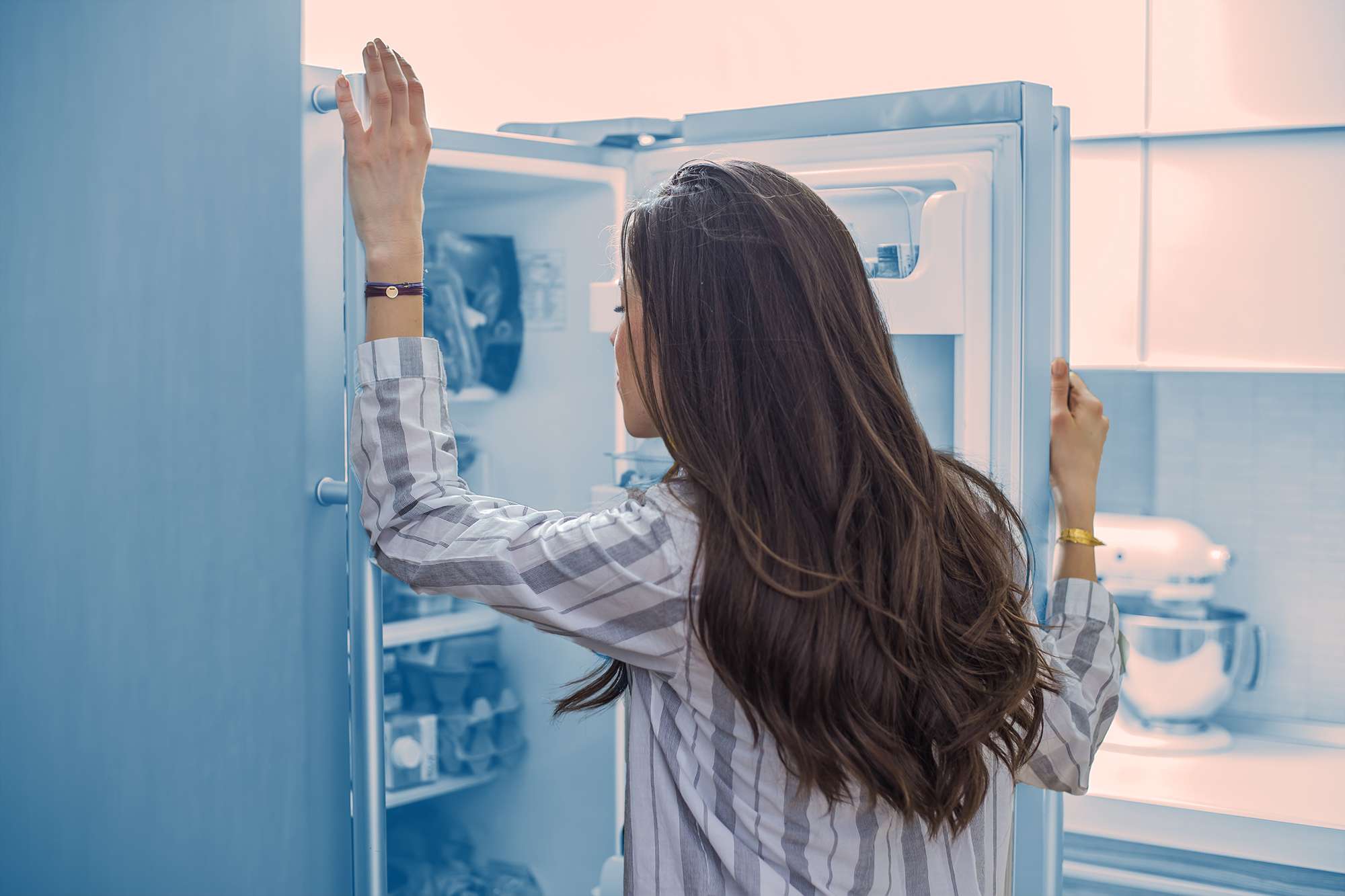

Articles
How Long Can Refrigerator Be Without Power
Modified: September 2, 2024
Discover how long a refrigerator can stay without power in our informative articles. Learn the effects of power outages on food spoilage and proper steps to prevent spoilage.
(Many of the links in this article redirect to a specific reviewed product. Your purchase of these products through affiliate links helps to generate commission for Storables.com, at no extra cost. Learn more)
Introduction
Having a refrigerator is essential for most households, as it helps to keep our food fresh and safe to consume. However, a power outage can disrupt the normal functioning of a refrigerator, leaving us wondering how long it can be without power until our food is at risk of spoiling.
In this article, we will explore the factors that affect refrigerator power loss, discuss food safety during a power outage, provide tips on how to preserve refrigerator contents, and give insight into the duration of a power outage that can be tolerated before concerns arise. We will also outline the necessary steps to take after power is restored to ensure the safety of the food stored in the refrigerator.
Understanding how long a refrigerator can be without power is crucial for maintaining food safety and minimizing waste. Let’s delve into the various aspects related to this topic and empower ourselves with the knowledge to handle such situations effectively.
Key Takeaways:
- Keep the refrigerator door closed and use alternative cooling methods during power outages to preserve food safety. Trust your senses to identify spoiled food and take necessary steps after power is restored.
- Factors like insulation and temperature settings affect how long a refrigerator can withstand a power outage. Prioritize food safety, assess food items, and learn from the experience to be better prepared for future outages.
Read more: How Long Can Meat Stay In The Refrigerator
Factors Affecting Refrigerator Power Loss
A refrigerator relies on electricity to function properly, and when the power goes out, several factors come into play that can affect its performance and the duration it can operate without power.
1. Insulation: The insulation of a refrigerator plays a significant role in determining its ability to retain cold air. A well-insulated refrigerator can keep its contents cool for a longer duration during a power outage.
2. Temperature settings: The internal temperature of a refrigerator is a crucial factor. If the temperature is set to a lower level, the food inside will remain colder for a longer time. However, it’s important to note that setting the temperature too low can lead to unnecessary energy consumption.
3. Ambient temperature: The temperature of the room where the refrigerator is located can affect its performance during a power outage. In hotter climates, the refrigerator will lose its coolness faster than in cooler regions.
4. Frequency of door opening: Every time we open the refrigerator door, warm air enters and cold air escapes. If the power goes out, minimizing the frequency of opening the refrigerator door can help preserve the cold temperature inside.
5. Refrigerator maintenance: Regular maintenance, such as cleaning the condenser coils and checking the door seals, ensures optimum performance. A well-maintained refrigerator can better withstand an extended power outage.
It’s important to consider these factors when estimating how long a refrigerator can be without power before food starts to spoil. While each refrigerator model may have different specifications, these factors generally play a role in determining its resilience during power outages.
Food Safety During a Power Outage
A power outage can pose a threat to the safety of the food stored in the refrigerator, potentially leading to spoilage and the growth of harmful bacteria. It’s crucial to take necessary precautions to ensure food safety during such situations. Here are some guidelines to follow:
1. Keep the refrigerator door closed: One of the most important steps to preserve food during a power outage is to keep the refrigerator door closed as much as possible. Opening the door frequently allows warm air to enter, causing the temperature inside to rise.
2. Use a refrigerator thermometer: Have a refrigerator thermometer on hand to monitor the temperature inside the refrigerator. Ideally, the temperature should be kept at or below 40°F (4°C) to prevent the growth of bacteria. If the temperature rises above this threshold and stays there for more than two hours, perishable foods may become unsafe to eat.
3. Keep perishable foods in coolers: If the power outage is anticipated to be prolonged or if the refrigerator temperature rises above 40°F (4°C), it’s recommended to transfer perishable foods such as meat, dairy products, and leftovers to a cooler filled with ice or ice packs.
4. Have a backup power source: Consider investing in a backup power source, such as a generator or a portable battery-operated cooler, to maintain the temperature inside the refrigerator during an extended power outage.
5. Consume high-risk foods first: Prioritize consuming high-risk foods, such as raw meat, fish, and dairy products, as they have a shorter shelf life and are more prone to spoilage and bacterial growth.
6. Discard potentially unsafe food: If you are unsure about the safety of a specific food item, it’s better to err on the side of caution and discard it. Don’t consume any food that has a strange smell, an off-color, or a slimy texture as these are signs of spoilage.
By following these guidelines, you can minimize the risk of foodborne illness and ensure the safety of your food during a power outage. However, it’s important to note that the duration of a power outage plays a crucial role in determining the safety of the food stored in the refrigerator.
How to Preserve Refrigerator Contents During a Power Outage
When faced with a power outage, it’s crucial to take proactive steps to preserve the contents of your refrigerator to prevent spoilage and food waste. Here are some effective strategies to help you during such situations:
1. Keep the refrigerator door closed: As mentioned earlier, keeping the refrigerator door closed is essential to maintain the cold temperature inside. Only open the door when necessary and limit the duration of each opening to prevent the escape of cold air.
2. Group perishable items together: By grouping perishable items together, you can create a “cool zone” that helps to keep the temperature lower for a longer duration. Packing these items tightly together can provide additional insulation and slow down the temperature rise.
3. Fill empty spaces: If you have empty spaces or gaps in your refrigerator, consider filling them with bottles of frozen water or ice packs. This will help to maintain a lower temperature inside the refrigerator and minimize temperature fluctuations.
4. Don’t overcrowd the refrigerator: While it’s important to maximize the use of space, avoid overcrowding the refrigerator. Adequate air circulation is necessary for maintaining a consistent temperature. If the refrigerator is too full, it can obstruct the flow of cold air and lead to uneven cooling.
5. Utilize alternative cooling methods: In the absence of power, you can explore alternative cooling methods such as transferring perishable items to a cooler filled with ice or moving them to a location with a lower ambient temperature, such as a basement or a cool, shaded area.
6. Plan ahead: If you live in an area prone to frequent power outages, it’s wise to be prepared beforehand. Stock up on non-perishable items that don’t require refrigeration, such as canned goods, and have a backup generator or a portable cooler on hand.
By implementing these strategies, you can increase the chances of preserving the contents of your refrigerator during a power outage. However, it’s still important to be mindful of the duration of the outage and take necessary steps to ensure food safety.
A refrigerator can typically keep food cold for about 4 hours without power, as long as the door remains closed. To extend this time, consider using ice packs or dry ice to help maintain a lower temperature.
Signs of Spoiled Food in a Refrigerator
During a power outage or any other circumstance that interrupts the normal functioning of a refrigerator, it’s crucial to be aware of the signs that indicate whether food stored inside has spoiled. Consuming spoiled food can lead to foodborne illnesses, so it’s important to know what to look out for. Here are some common signs of spoiled food:
1. Foul odor: The most noticeable sign of spoiled food is a strong, unpleasant odor. If you detect an off-putting smell coming from any item in your refrigerator, it’s a clear indicator that it has gone bad.
2. Mold or discoloration: Mold growth or a significant change in color on fruits, vegetables, or any other food item is a sign of spoilage. Discard any foods with visible mold or those that have turned slimy, discolored, or developed an unusual texture.
3. Changes in texture: Spoiled food may exhibit changes in texture. For example, dairy products like milk or yogurt can become curdled or lumpy when they go bad. Meats or seafood can become slimy or develop a sticky film.
4. Off-flavors: If you notice that a food item has an unusual or unpleasant taste, it’s likely spoiled. Trust your sense of taste, as the flavor is a good indicator of food freshness.
5. Gas formation: Certain foods, such as canned goods, may show signs of spoilage through the formation of gas. If a can is visibly swollen or bulging, it’s an indication that the contents may be spoiled and should not be consumed.
6. Expiration dates: Pay attention to expiration dates on food packaging and follow them strictly. While some foods may still be safe to consume a few days past their expiration date, it’s best to adhere to the guidelines provided.
It’s important to rely on your senses when assessing the freshness of food stored in your refrigerator. If you have any doubts about the safety of a particular item, it’s better to err on the side of caution and discard it to prevent any potential health risks.
Duration of Power Outage Before Refrigerator Concerns Arise
The duration of a power outage plays a significant role in determining the safety of the food stored in a refrigerator. While there is no exact timeframe that applies universally, there are general guidelines to help assess how long food can remain safely stored without power.
1. Short power outages: For power outages lasting less than four hours, as long as the refrigerator door has been kept closed and the temperature inside has not risen significantly, the food should still be safe to consume. However, it’s essential to inspect the food items carefully for any signs of spoilage before consuming them.
2. Extended power outages: If the power outage extends beyond four hours, the safety of the food becomes a concern. The internal temperature of the refrigerator will rise, increasing the risk of bacterial growth and food spoilage. Perishable items such as meat, dairy products, and leftovers should be discarded if the temperature inside the refrigerator exceeds 40°F (4°C) for more than two hours.
3. Factors influencing duration: The duration a refrigerator can tolerate without power varies depending on various factors. These factors include the insulation of the refrigerator, the ambient room temperature, the frequency of door opening, and the initial temperature setting. A well-insulated refrigerator with a lower initial temperature setting and minimal door openings can prolong the safe storage time during a power outage.
It’s important to note that some food items are more susceptible to spoilage than others. Perishable foods, such as raw meats, seafood, dairy products, and leftovers, have a shorter shelf life and are more prone to bacterial growth. It’s best to err on the side of caution and discard any food items that appear or smell suspicious, even if the power outage was relatively short.
If you anticipate a prolonged power outage or have concerns about maintaining food safety, consider transferring perishable items to a cooler with ice or utilizing alternative cooling methods. It’s also wise to have a backup power source or a plan in place for utilizing community resources such as refrigerated trucks or coolers provided by local authorities during emergencies.
Ultimately, it’s crucial to use your judgment and rely on your senses (sight, smell, and taste) to assess the safety of the food stored in your refrigerator during a power outage. When in doubt, it is always safer to discard questionable items rather than risk foodborne illnesses.
Steps to Take After Power is Restored
Once the power is restored after an outage, it’s important to take certain steps to ensure the safety of the food stored in your refrigerator. Follow these guidelines to minimize the risk of consuming spoiled or contaminated food:
1. Assess the temperature: Check the internal temperature of your refrigerator using a thermometer. Make sure it has cooled down to a safe temperature of 40°F (4°C) or below. If the temperature remained above this threshold for more than two hours, perishable food items should be discarded.
2. Inspect food items: Carefully examine the contents of your refrigerator for any signs of spoilage or contamination. Look for mold growth, off odors, unusual textures, or any other visible indications of spoilage. If in doubt, it’s safer to discard the item.
3. Refreeze or consume: If you had frozen items in your freezer that partially thawed during the power outage but are still cold to the touch and have ice crystals, you can safely refreeze them. However, if the items have reached room temperature or show signs of spoilage, it’s best to discard them.
4. Clean and sanitize: Thoroughly clean your refrigerator, including shelves, drawers, and door compartments, as well as any spilled or leaked food. Use warm soapy water or a food-safe cleaner to remove any potential bacteria or contaminants. Rinse and dry the surfaces afterward.
5. Restock thoughtfully: Before restocking your refrigerator, consider the quality and safety of the food items. Only put back those that are safe for consumption and don’t show any signs of spoilage. If you are unsure about any particular item, it’s best to discard it.
6. Learn from the experience: Take this opportunity to review your emergency preparedness and consider investing in a backup power source, such as a generator, for future power outages. Additionally, ensure you have a well-stocked pantry with non-perishable food items that can sustain you during an extended outage.
By following these steps, you can restore the safety and functionality of your refrigerator after a power outage. Remember, the health and well-being of you and your family should always be a top priority, so it’s better to err on the side of caution when it comes to food safety.
Conclusion
A power outage can be a disruptive and concerning event, especially when it comes to the functionality of our refrigerators and the safety of the food stored inside. Understanding how to navigate these situations and preserve the contents of our refrigerators is essential for minimizing food waste and preventing potential health risks.
Factors such as insulation, temperature settings, ambient temperature, and the frequency of door opening all play a role in determining how long a refrigerator can withstand a power outage. By being mindful of these factors, we can better estimate the duration our refrigerators can tolerate without power before concerns arise.
During a power outage, it’s important to prioritize food safety. Keeping the refrigerator door closed, using coolers or alternative cooling methods, and consuming high-risk foods first can help to minimize spoilage and reduce the risk of foodborne illnesses.
Being aware of the signs of spoiled food, such as foul odors, mold, discoloration, changes in texture, and off-flavors, is crucial to determining whether food is safe to consume. Trusting your senses and exercising caution when in doubt is the best approach to avoid consuming potentially harmful food.
After power is restored, it’s necessary to assess the temperature of the refrigerator, inspect food items for spoilage, clean and sanitize the refrigerator, and restock thoughtfully. Learning from the experience by reviewing your preparedness and considering backup power sources can also help you be better equipped for future power outages.
Ultimately, by following these guidelines and using our best judgment, we can navigate power outages and ensure the safety of our food. Our refrigerators play a vital role in preserving the freshness and quality of our food, and it’s essential to take the necessary measures to protect them and the contents within. Stay prepared, stay mindful, and prioritize food safety to minimize waste and promote a healthy lifestyle even in the face of unexpected power outages.
Frequently Asked Questions about How Long Can Refrigerator Be Without Power
Was this page helpful?
At Storables.com, we guarantee accurate and reliable information. Our content, validated by Expert Board Contributors, is crafted following stringent Editorial Policies. We're committed to providing you with well-researched, expert-backed insights for all your informational needs.
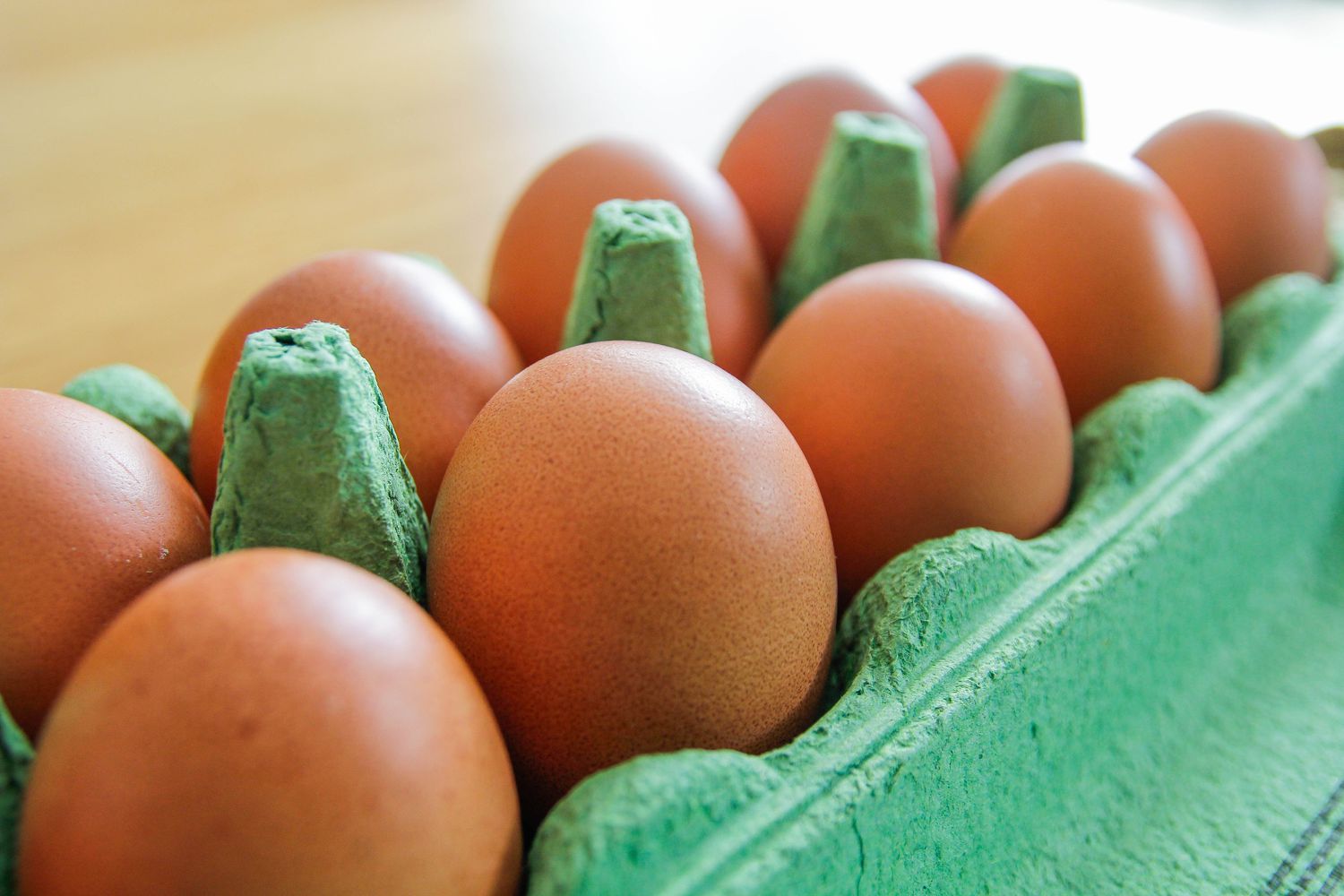
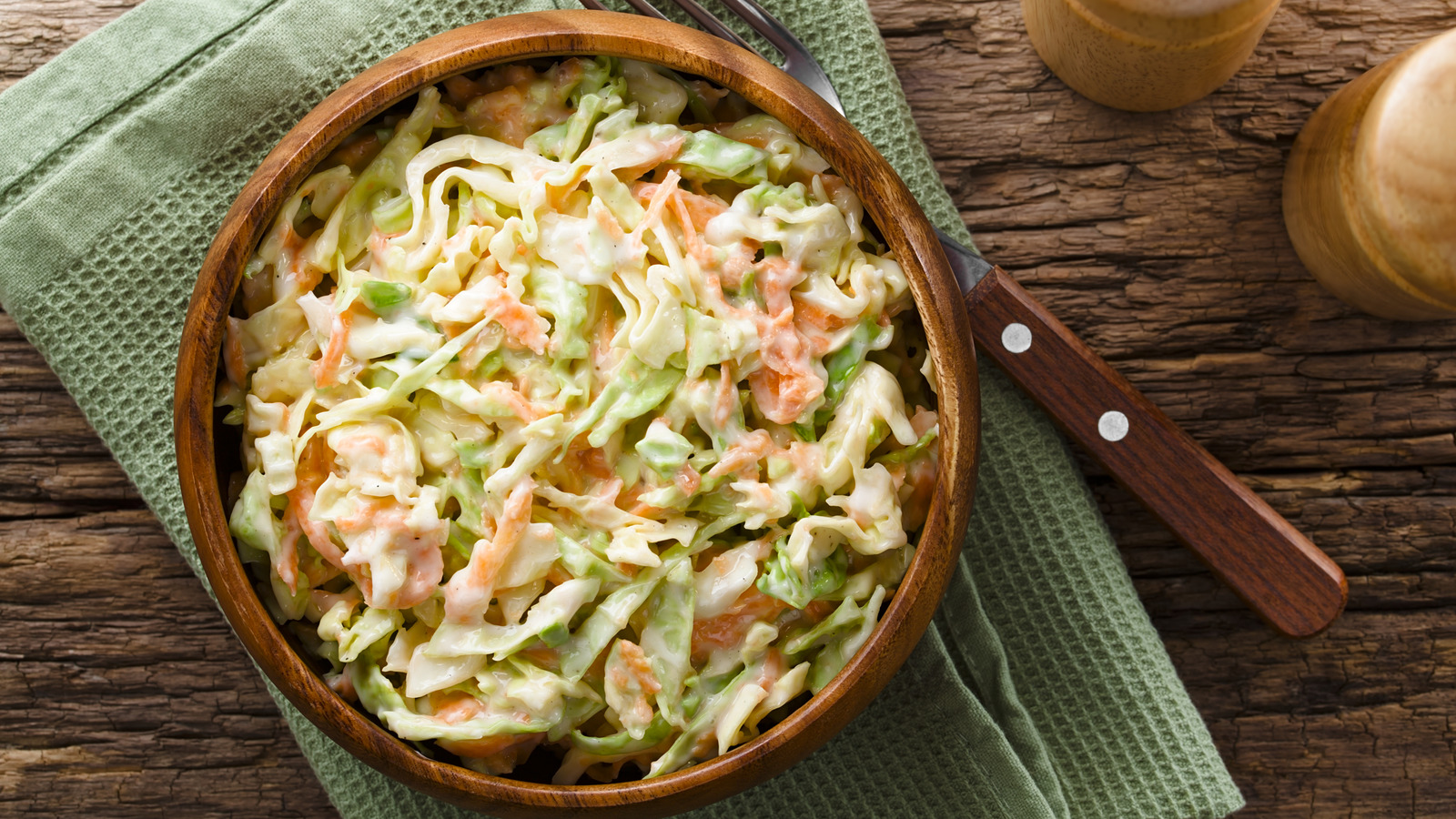
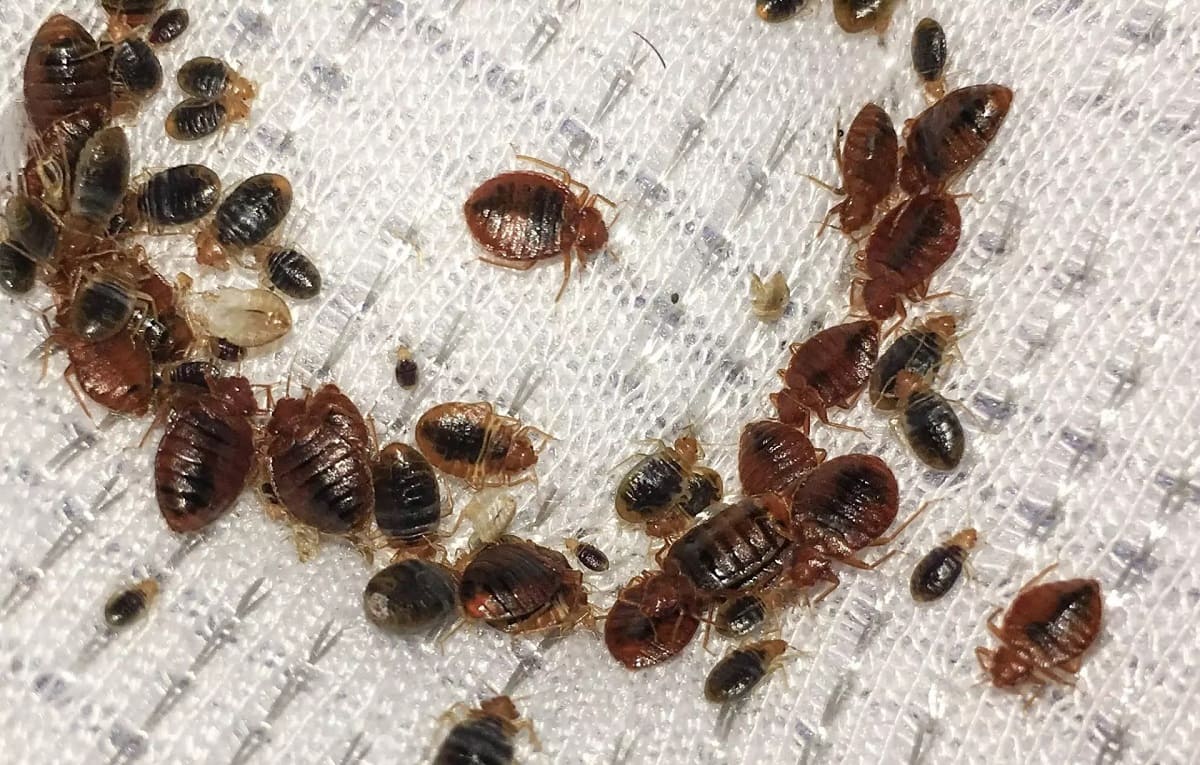

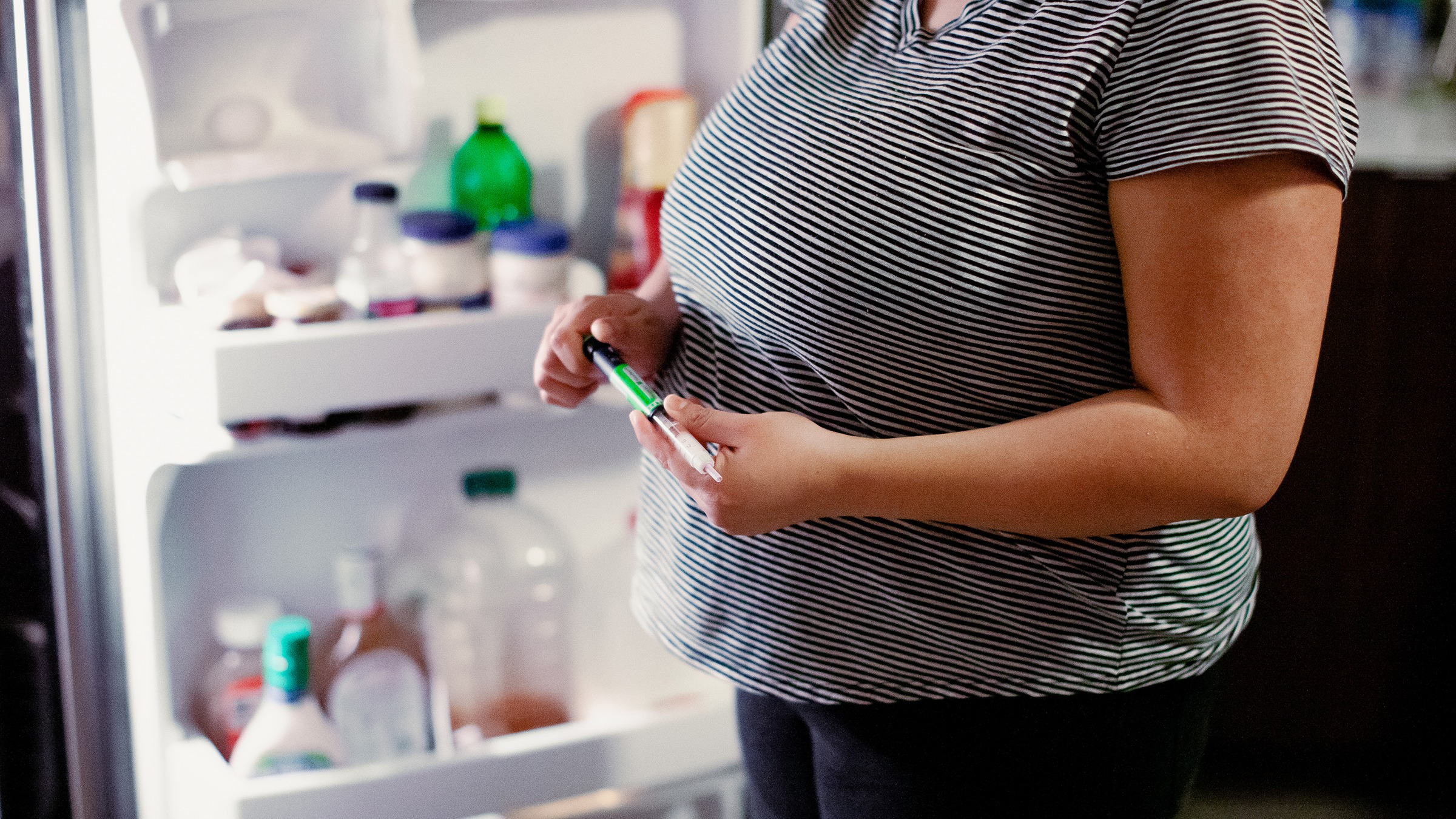
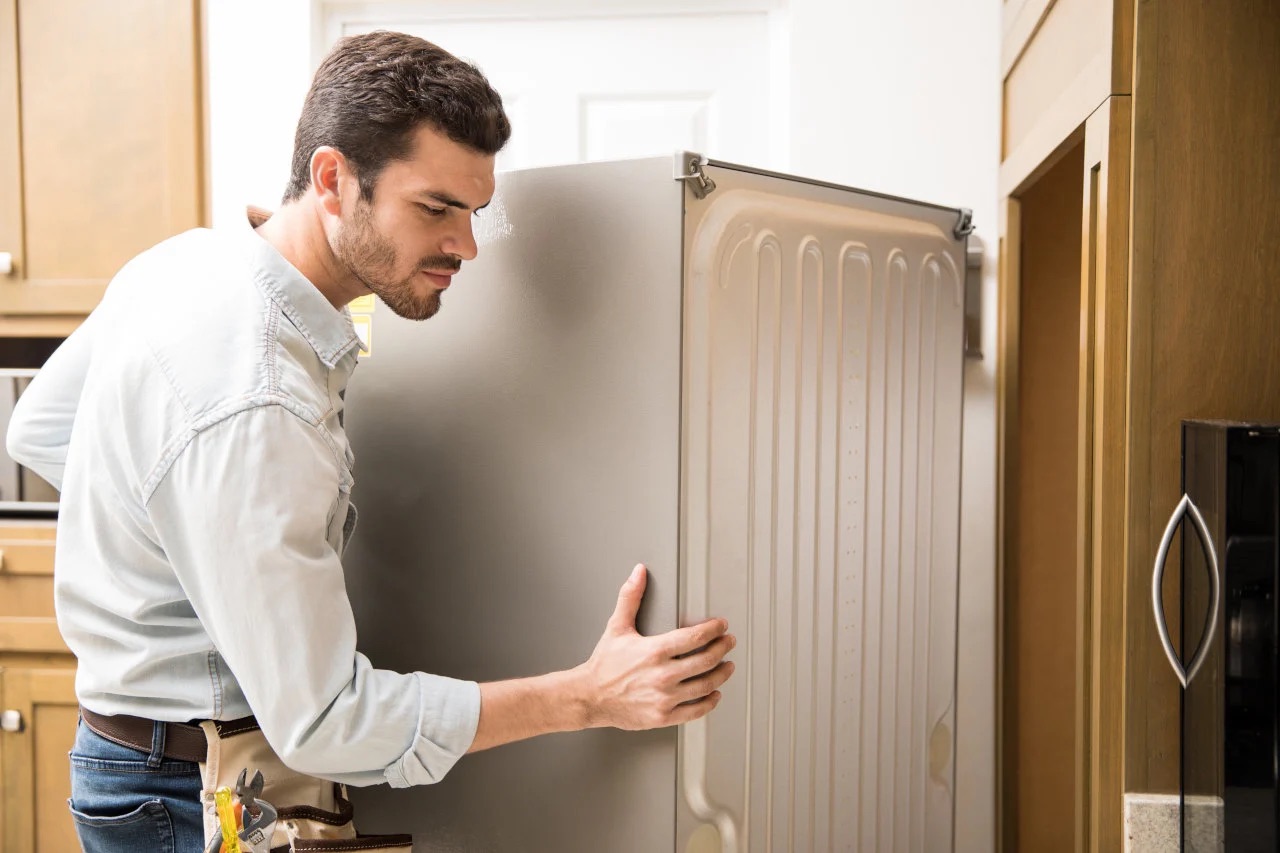
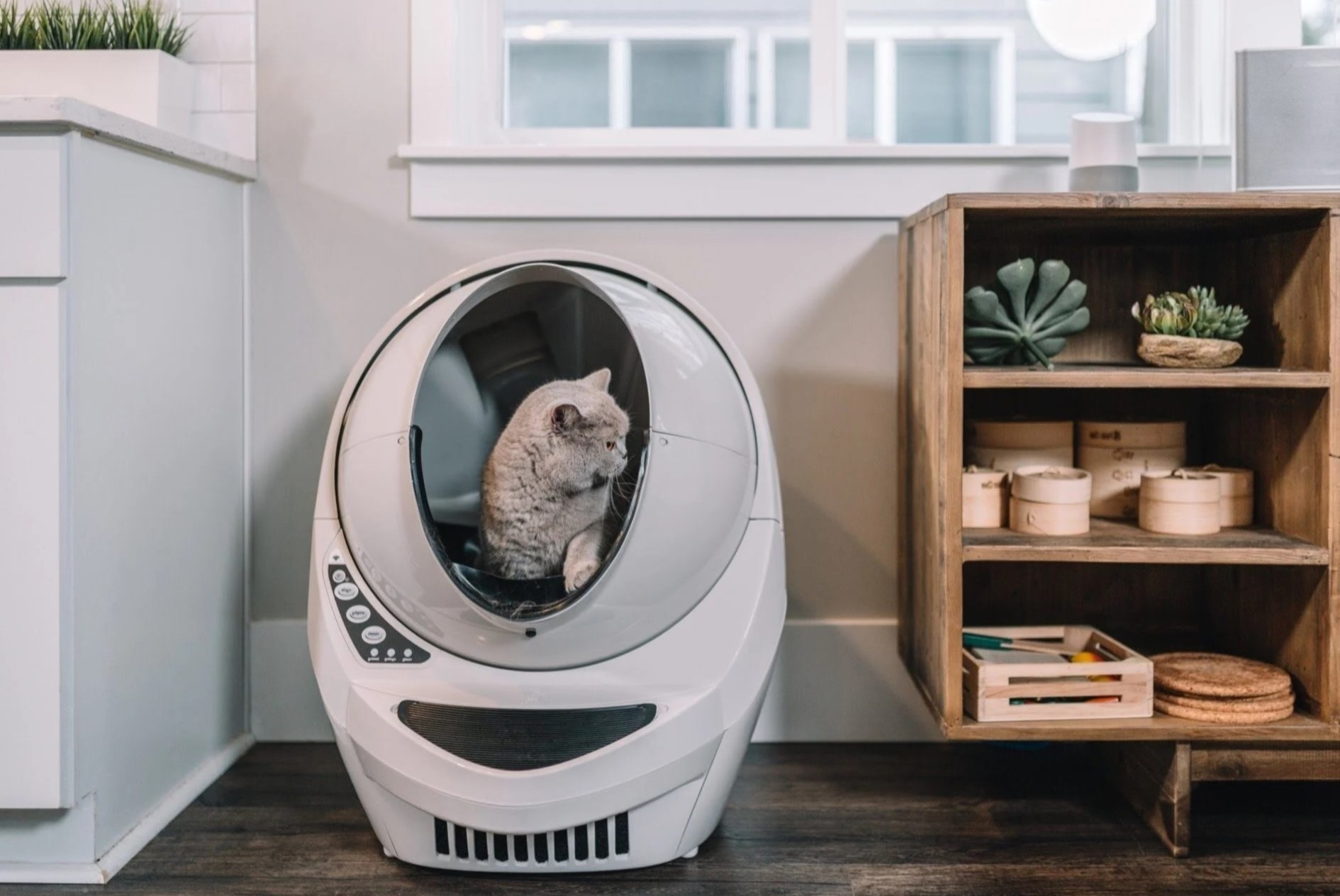

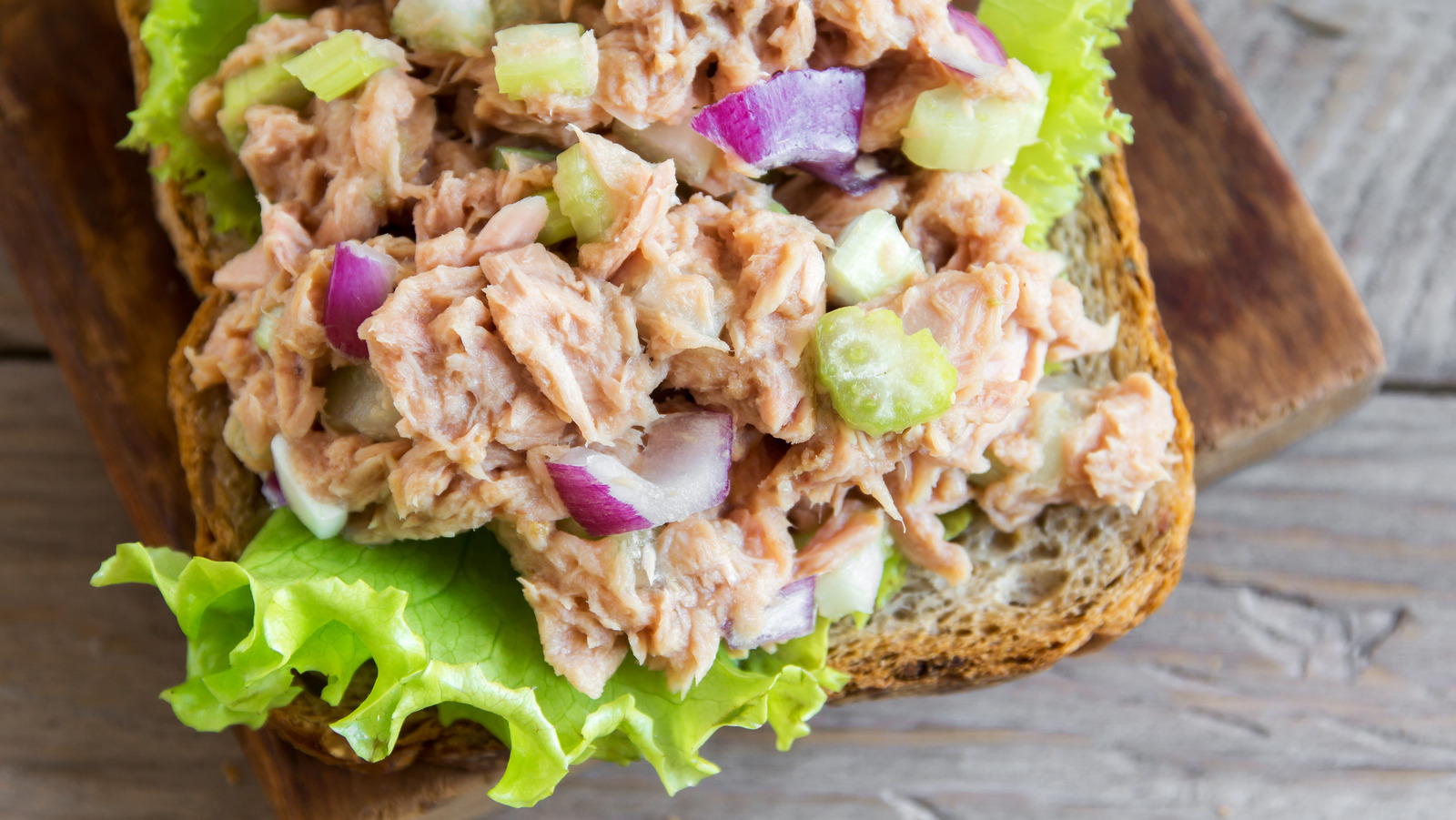
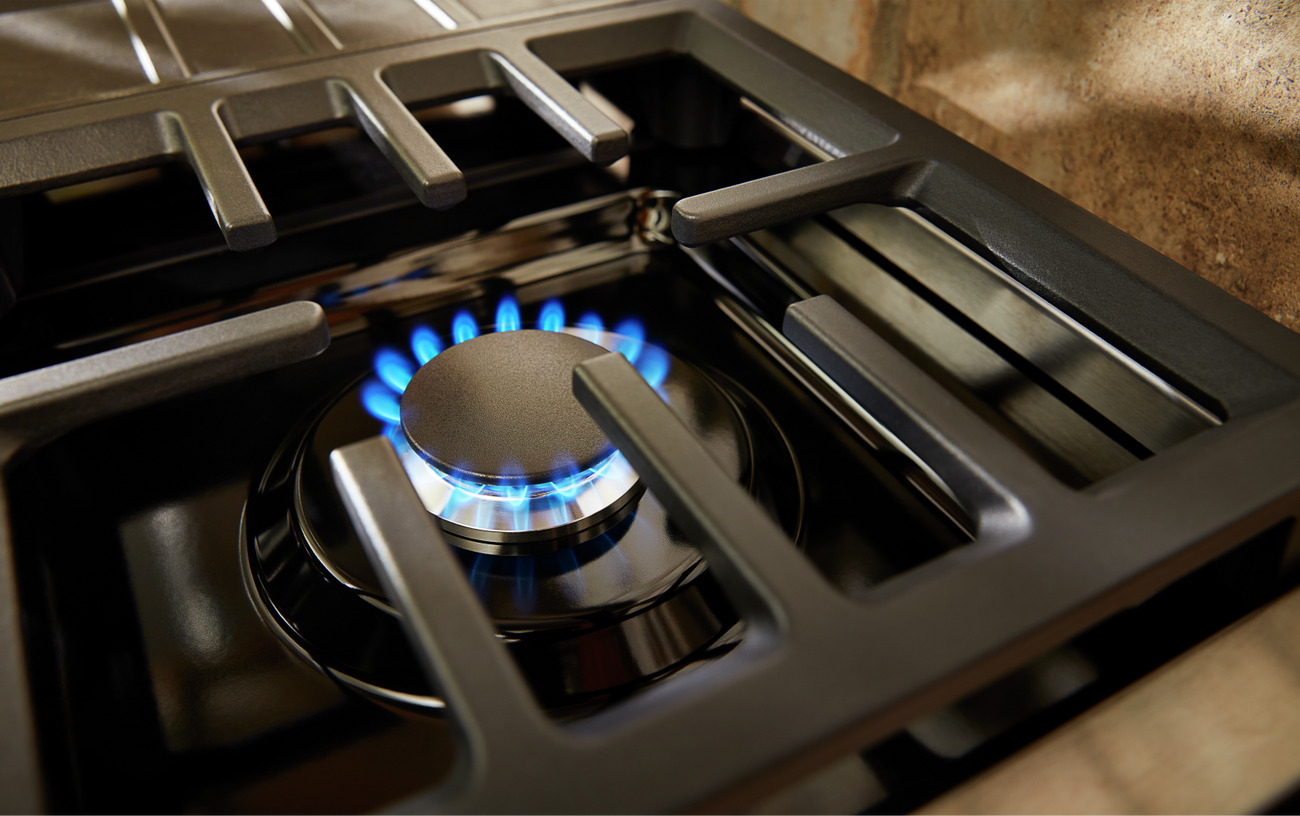
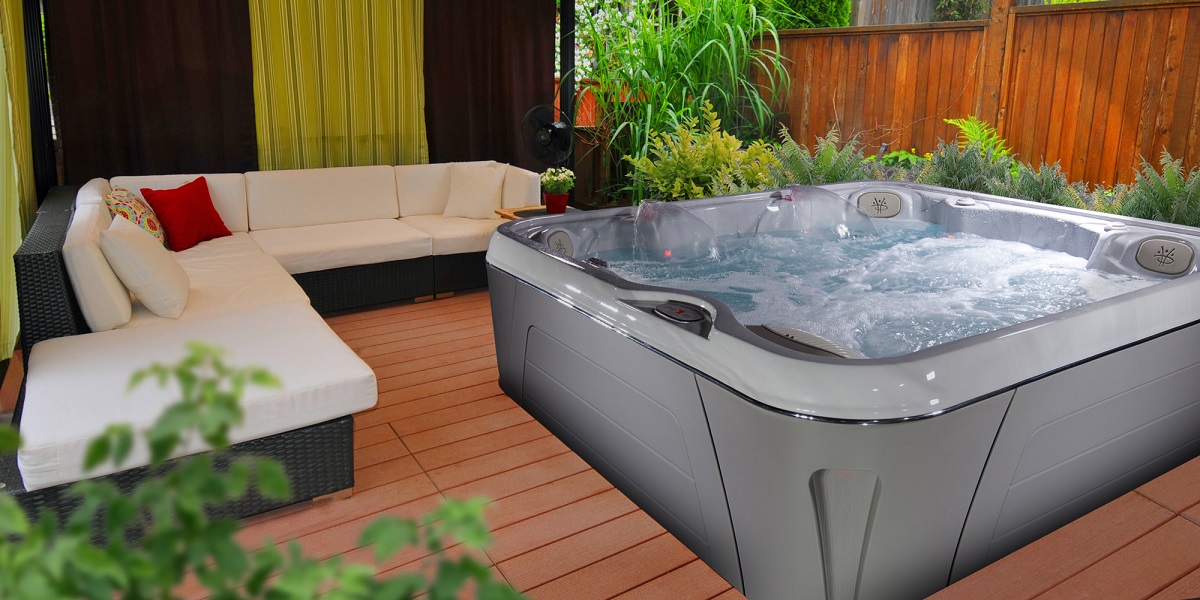
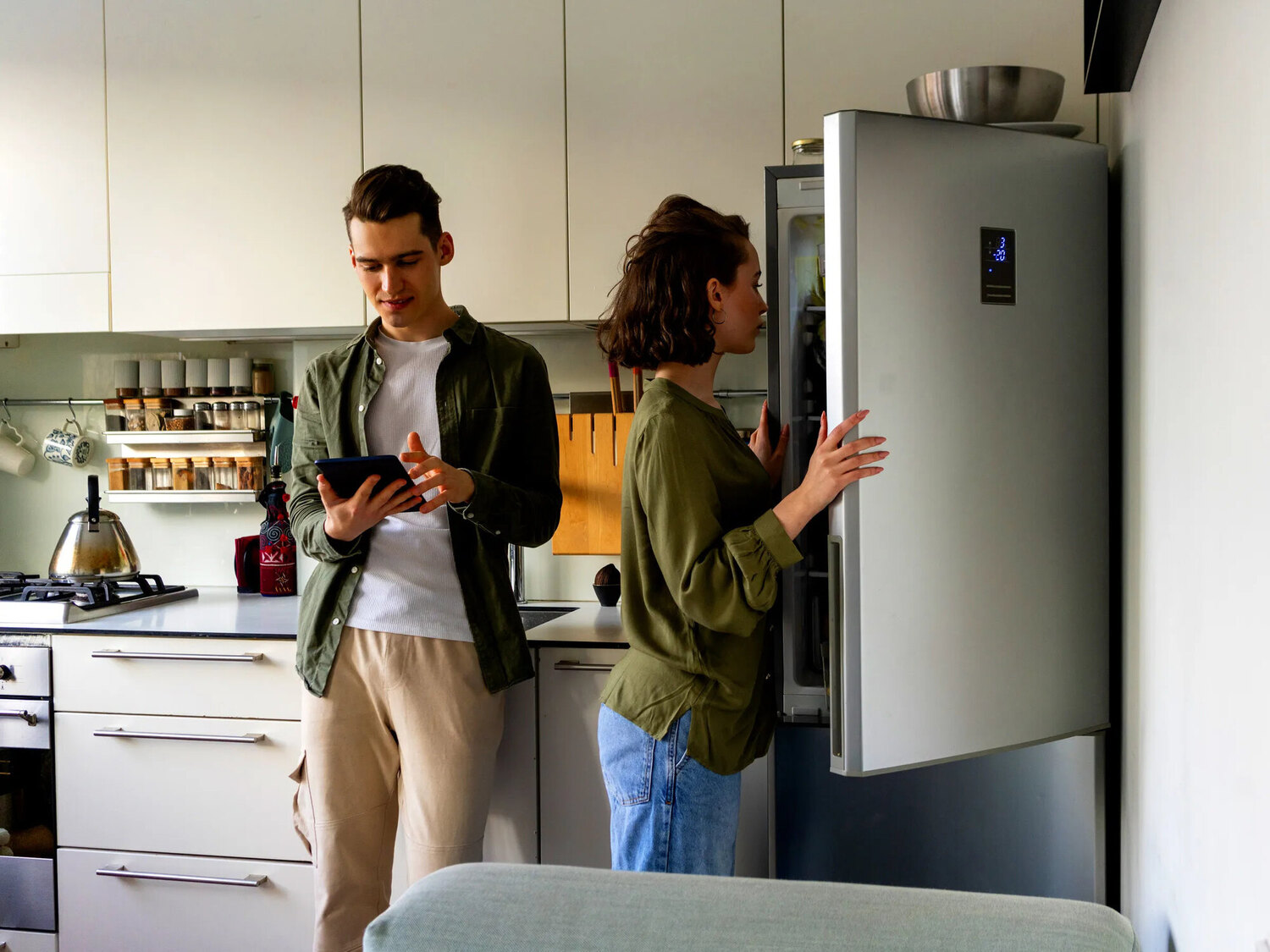



0 thoughts on “How Long Can Refrigerator Be Without Power”